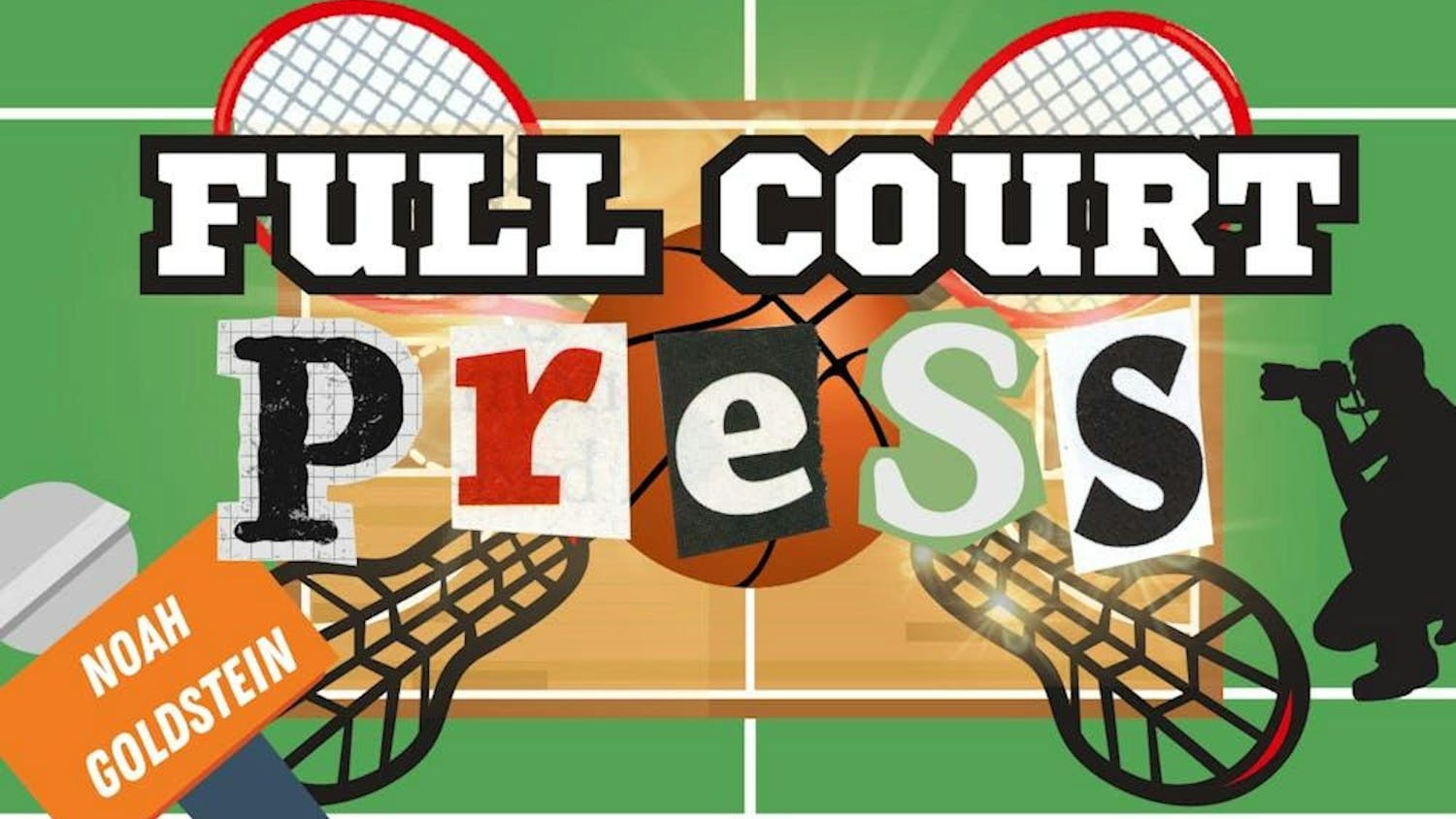This is Carlos Irisarri, a first-year from Panama and France who has already declared both his majors in political science and history. He used to play the acoustic guitar. He — along with the the rest of Panama — is very excited that his home country has just qualified for the World Cup. The entire nation was in such a state of euphoria that the President Juan Carlos Varela declared a national holiday to celebrate their World Cup birth. Carlos shared about music today in Panama.
Haruka (H): What’s pop music in Panama like? What genre, and which artist, is most popular right now?
Carlos (C): Right now, in Panama, the popular music is reggaeton and it’s been that way for a long time, at least among teenagers. Right now, it’s the first time in my life that reggaeton is popular beyond Panama. There are two kinds of guitar-oriented reggaeton: one is more lyric-centered, and a few popular artists in that style are Ozuna and Joey Montana. There is the more dance-oriented type which is represented by Maluma, J Balvin and Nicky Jam.
H: What exactly is reggaeton?
C: Reggaeton is music with a very defined and recognizable beat. The beat makes it emblematically Latin American. Some rap and other varieties of vocalization can be involved. What sets reggaeton apart is the beat, and in Panama, also that it’s always in Spanish (though it can be in Portuguese elsewhere).
H: What’s traditional Panamanian music like?
C: That depends on how far back you want to go. We have a lot of indigenous music. Traditional folklore, too, is centered around danceable beats just like pop music. Postcolonial traditional music is centered around accordion, guitar and drums of course, for the beat. The accordion is hugely present in postcolonial dance music. We have cumbias, which is our equivalent of the waltz — it’s very elegant.
H: Is there a song that everyone knows in Panama?
C: Panamanian cumbias are really well known. November is Patriotic Month, when public and private schools showcase precolonial and postcolonial music. Through this cumbias has become an integral part of the culture. In the youth social scene, there are four or five reggaeton songs that are played over and over again. Also, the woman who wrote "Despacito" (2017) is Panamanian, so that’s known and is a source of pride. Panama is more Americanized than people think, so many American pop songs are also really popular.
H: Is music in Panama City distinct from that of the rest of the country?
C: Absolutely. If you live in the city, you’ll be much more familiar with reggaeton. In the country, traditional music is more popular.
H: How do you find Panamanian music different from other music you’ve encountered?
C: I would say the beat of Panamanian music is impossible not to dance to and that’s what makes both traditional and modern Panamanian music distinctive. I’ve never experienced the same beat in any other type of music and I think that’s why Panamanian music is becoming popular internationally.
Majors and Minors: Cumbias and reggaeton in Panama with Carlos






